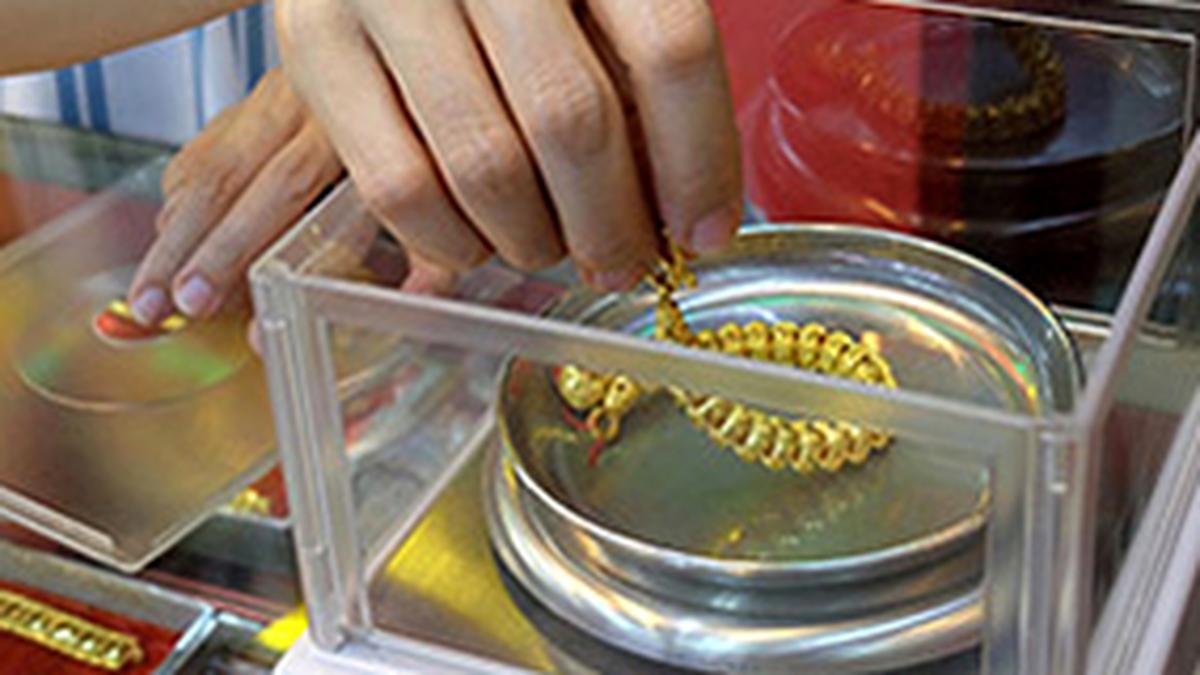
The transformative impact of gold loans on Indian households Premium
The Hindu
Indians hold a record gold reserve of 24,000 tonnes, which is about 14% of the world’s holding, but they have pledged only around 5,300 tonnes; as of December 2023, the gold loan industry’s advances stand at ₹7.15 lakh crore, but given our vast reserves the potential is too significant to ignore
Shripad Jadhav
“The desire of gold is not for gold. It is for the means of freedom and benefit.”
Poet Ralph Waldo Emerson’s astute reference to mankind’s eternal yearning for the yellow metal perhaps summarises the mood of Indians these days. The financial freedom offered by gold, the eternal haven, and its ability to fulfil immediate desires are increasingly driving Indian households to seek loans against their precious metal.
Be it farmers in rural areas, working women in urban areas, elderly seeking temporary finance or MSME entrepreneurs looking for quick working capital, gold loans are satisfying everyone’s needs and aspirations.
Gold’s intrinsic worth tends to withstand economic fluctuations, making it a reliable asset for both borrowers and lenders. According to a report by the World Gold Council, Indian households have a record gold reserve of 24,000 tonnes, and even a small percentage of it coming into the formal economy can add significant value to the economy.
Indian women who hold gold as a key part of their cherished savings and investments can also utilise the power of the metal to fulfil their entrepreneurial ambitions. While urban women are comparatively advantaged in terms of financial prowess, women in rural areas can creatively use gold to source funds to improve their livelihood and income levels. Here, gold loans can empower women entrepreneurs with easier means to access capital for starting or expanding their businesses, with a lot more flexibility.
Whether it is setting up small-scale enterprises such as making papad, tailoring units, dairy farming or handicrafts, women can leverage gold loans to pursue their entrepreneurial aspirations or invest in their children’s education, adding much value to the household income as well as the family’s future.











